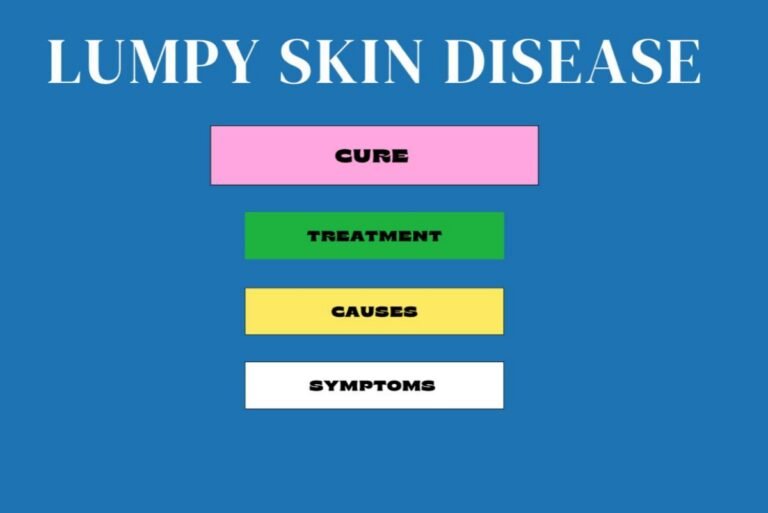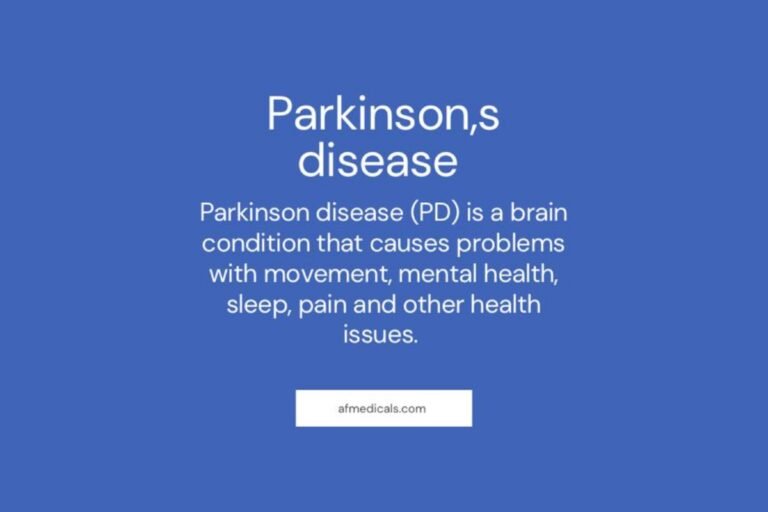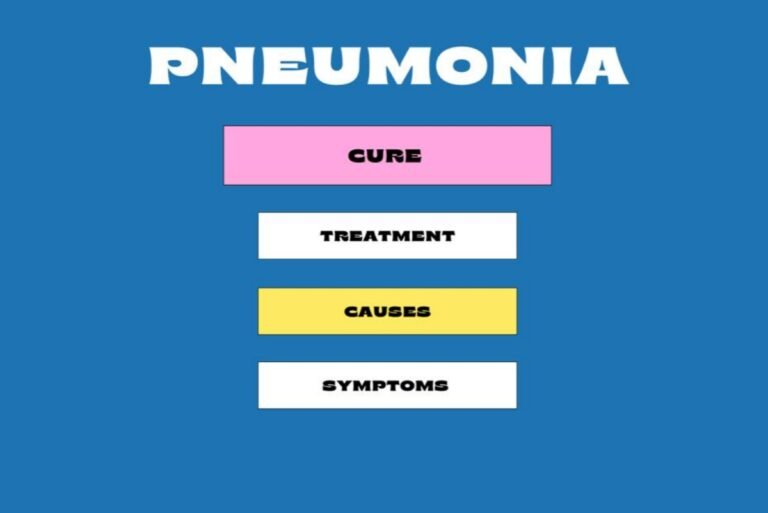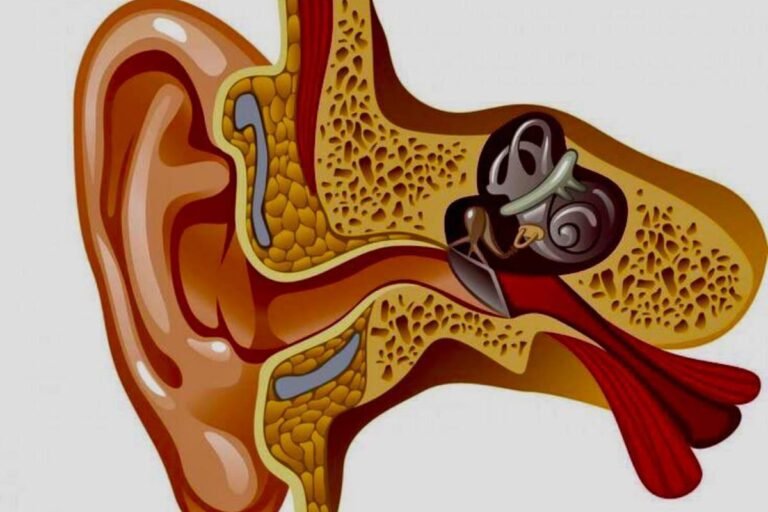What is a brain-eating amoeba (Naegleria fowleri)?
What is a brain-eating amoeba (Naegleria fowleri)?
Overview
Naegleria fowleri may be a one-celled critter that lives all through the world in warm and shallow bodies of unused water, such as lakes, conduits, and hot springs.It too lives within the soil. It’s considered a free-living being since it doesn’t require a living.
Individuals who end up contaminated by this single adaptable cell create a condition called essential amoebic meningoencephalitis (PAM). PAM may be an exceptionally genuine disease of the central nervous system that’s nearly continuously deadly.
Note: You might also see the words ameba rather than amoeba and amebic rather than than “amoebic.” A one-celled critter is more common than an ameba, but both words insinuate to a life frame with one cell.
How do you get infected by brain-eating amoeba (Naegleria fowleri)?
The foremost common way to be corrupted by this sort of one-celled animal is when sullied water goes into your nose. From there, the single adaptable cell goes to your brain. This more regularly than not happens when you’re swimming, hopping, or doing something like water skiing in sullied water. In incredibly unprecedented cases, the sullied water can be warmed tap water or swimming pool water that isn’t chlorinated adequately. You can’t be infected by swallowing infected water.
How common is an infection due to a brain-eating amoeba (Naegleria fowleri)?
Luckily, there are a few cases each year inside the U.S. (surveyed to be between zero and eight).Most of the cases happen within the southern states, such as Florida and Texas, and include young guys.
After a long time, in spite of the fact that a few cases have happened in northern states amid periods of exceptionally hot climate, This alteration in where contamination happens may be due to climate change.
Considerations are being made to address how uncommon contamination with Naegleria fowleri truly is. A few individuals have antibodies to the single adaptable cell, demonstrating that they’ve been tainted and survived. A few cases of passings ascribed to meningitis have been renamed deaths due to brain-eating single adaptable cells (Naegleria fowleri).
Another address is: why aren’t a few individuals tainted with the single adaptable cell indeed, in spite of the fact that they’re within the same put doing the same things as individuals who’ve been tainted?
Symptoms and causes
What are the symptoms of infection with a brain-eating amoeba (Naegleria fowleri)?
The signs and side impacts of fundamental amoebic meningoencephalitis (PAM) come on all of a sudden and are genuine at the starting, checking:
- High fever.
- Very painful headache.
- Nausea and vomiting.
- Trembling.
- Symptoms like those of meningitis, including a stiff neck and extreme sensitivity to light (photophobia).
- Mental confusion.
- Coma.
The fatality rate is higher than 97%, even with treatment.
What causes infection with brain-eating amoeba (Naegleria fowleri)?
The malady happens when the one-celled critter known as Naegleria fowleri gets into your brain through your nasal section. It can enter your body on the off chance that you simply breathe in any sullied water. More regularly than not, the one-celled critter lives in freshwater bodies of water that are warm, counting hot springs (geothermal water).
You’ll moreover be polluted by breathing in a polluted clean.
There have been other nitty gritty cases of malady caused by brain-eating single versatile cells (Naegleria fowleri) due to people utilizing tap water rather than refined or sterilized water to flush out their noses with contraptions like a neti pot.
How long is the incubation period for infection with brain-eating amoeba (Naegleria fowleri)?
It takes about two to 15 days after you’ve been exposed to the amoeba for symptoms to develop.
Can I get infected with brain-eating amoeba (Naegleria fowleri) from being around someone who has it?
No. There haven’t been any cases where the defilement spread from person to person. There are plans underway to see if the contamination can spread through tissue or organs.
Diagnosis and tests
How is infection with brain-eating amoeba diagnosed?
In case a healthcare provider considers you might have been polluted by a single versatile cell (Naegleria fowleri), they’ll endorse a spinal tap, too known as a lumbar cut, to see on the off chance that the living being is in your cerebrospinal liquid (CSF).
Your supplier may also prescribe a brain biopsy. Amid this method, they’ll take a tissue test and look at it beneath a magnifying instrument to check for the nearness of the one-celled critter.
Management and Treatment
How is infection with brain-eating amoeba (Naegleria fowleri) treated?
The treatment of choice for fundamental amoebic meningoencephalitis (PAM) or malady with brain-eating one-celled critters (Naegleria fowleri) is the antifungal amphotericin B. Some survivors in North America were treated with a combination of drugs that included amphotericin B, rifampin, fluconazole, and a steady called miltefosine. Miltefosine can be a medicine embraced for treating leishmaniasis, a parasitic illness that’s spread by sandflies.
The most excellent results (in two children who recuperated totally) came from early conclusion and treatment with the prescribed drugs, beside cooling the body to below-normal temperature to treat brain swelling.
Prevention
How can I prevent myself from being infected with brain-eating amoeba (Naegleria fowleri)?
Since the viewpoint for this condition is so critical, avoidance can be critical, indeed, in spite of the fact that the condition is exceptionally uncommon. These are key things to keep in mind:
- Don’t swim or do watersports in warm freshwater areas, particularly still waters, without nose plugs. Don’t go into the water at all on the off chance that Naegleria fowleri is known to be on display or likely to be on display.
Don’t use tap water for a neti pot or any other gadget that cleans your nasal passages. As if it were utilizing refined or sterilized water. On the off chance that you must utilize tap water, bubble it for one diminutive some time recently permitting it to cool. Within the occasion merely live in a put that’s 6,500 feet over ocean level, bubble the water for three minutes and let it cool.
You can utilize channels to evacuate germs from water. Utilize channels labeled NSF 53, NSF 58, or an absolute pore estimate of 1 micron or smaller.
You can also utilize chlorine dye fluid or tablets to purify your water for cleaning your nose and sinuses. Sanitizing water for nasal use requires a different amount of water than sanitizing water for drinking.
If you are experiencing side effects of fever or migraine after going into warm freshwater, tell your healthcare provider where you’ve been.
Outlook and Prognosis
What is the prognosis (outlook) for people who are infected with brain-eating amoeba (Naegleria fowleri)?
The perspective of some person who is polluted with Naegleria fowleri is especially down and out.Indeed, with treatment, most individuals pass on from this condition. A coma taken after passing more often than not happens a week or 10 days after indications and signs start.
Living With
When should I see my healthcare provider if I have questions about infection with brain-eating amoeba (Naegleria fowleri)?
In case you get hot or have cerebral pain after you’ve been dynamic in a warm, freshwater body of water or after you’ve utilized tap water to inundate your nasal sections, see a healthcare provider or go to the crisis room quickly. Early determination and treatment of disease with a brain-eating one-celled critter (Naegleria fowleri) is basic.
A note from the Cleveland Clinic
Hearing about a condition caused by a brain-eating one-celled critter and knowing how perilous it can be is certainly terrifying. In the event that you think you will have been exposed to the one-celled critter, get prompt therapeutic assistance. But it’s critical to keep in mind how rare this condition is. You’ll do your part in anticipating it by utilizing refined or sterilized water to flush your nasal sections and by dodging water you suspect may be contaminated, particularly in a hot climate.





